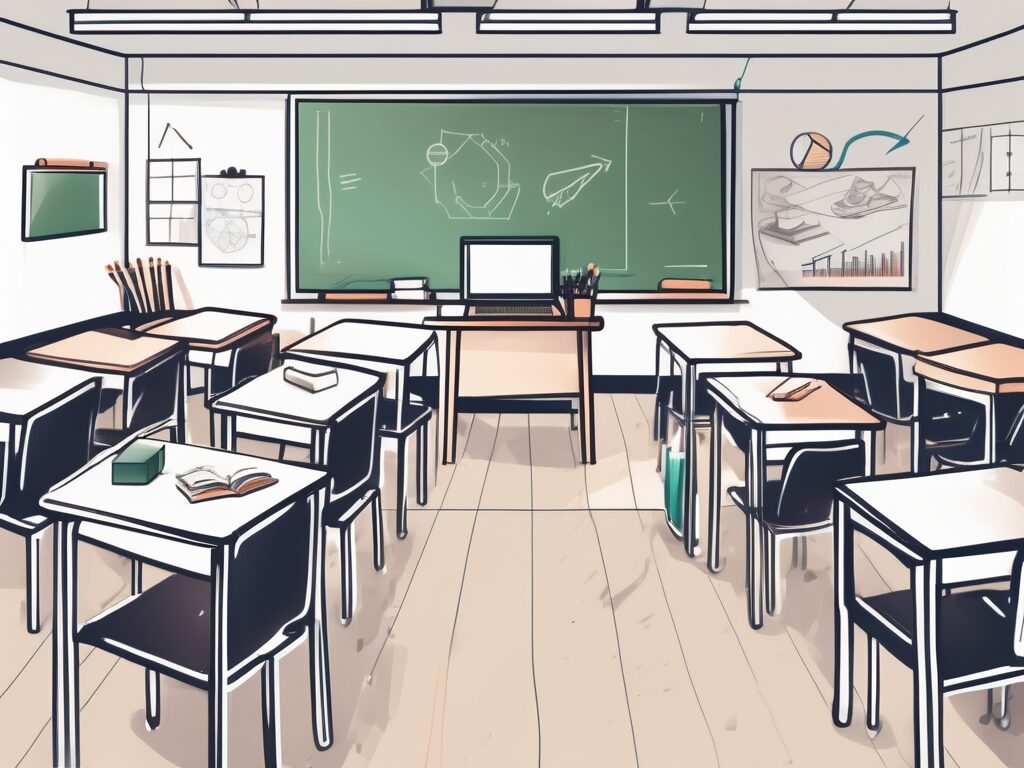In the bustling city-state of Singapore, the education landscape is ever-evolving. As a teacher, you’re constantly challenged to keep up with the latest pedagogical trends and techniques. One such approach that’s making waves in the teaching community is the Postgraduate Certificate in Education (PGCE) collaborative strategies. These game-changing methods are not just transforming the way teachers teach, but also how students learn. Let’s dive in and explore these strategies in detail.
1. Collaborative Learning
What is Collaborative Learning?
Collaborative learning is a teaching strategy that involves grouping students together to work towards a common goal. This approach encourages students to engage with each other, share ideas, and learn from their peers. It’s a far cry from the traditional ‘chalk and talk’ method, and it’s proving to be quite effective.
Implementing Collaborative Learning in the Classroom
Implementing collaborative learning in your classroom isn’t as daunting as it might seem. Start by creating small groups of students, ideally with diverse abilities and backgrounds. Assign them tasks that require cooperation and collective problem-solving. It could be anything from a science project to a group presentation on a historical event. The key is to ensure that every student has a role to play and that they’re all working towards a common goal.
2. Peer Assessment
Understanding Peer Assessment
Peer assessment is another innovative PGCE collaborative strategy. It involves students evaluating each other’s work, providing feedback, and learning from each other’s strengths and weaknesses. It’s a fantastic way to foster a sense of responsibility and accountability among students.
Effective Peer Assessment Techniques
For peer assessment to be effective, it’s crucial to establish clear guidelines. Students should know what they’re looking for in their peers’ work and how to provide constructive feedback. You could provide a checklist or a rubric to guide them. Also, encourage them to focus on the positives as well as areas for improvement. Remember, the goal is to promote learning, not to criticise.
3. Cooperative Learning
Defining Cooperative Learning
Cooperative learning is a more structured form of collaborative learning. Here, each student in the group has a specific role and responsibility. The success of the group depends on the contribution of each member. It’s a bit like a football team – every player has a position, and they all need to work together to score a goal.
How to Facilitate Cooperative Learning
Facilitating cooperative learning requires careful planning. You need to assign roles to each student, such as the leader, the recorder, the presenter, and so on. The tasks should be designed in such a way that they can’t be completed without the contribution of each member. Regular check-ins and feedback sessions can help ensure that the process is running smoothly.
4. Group Investigation
Exploring Group Investigation
Group investigation is a research-based collaborative strategy. Students work together to investigate a topic or a problem, gather information, and present their findings. It’s a bit like being a detective team, with each member contributing to the investigation.
Implementing Group Investigation in the Classroom
Implementing group investigation in your classroom can be a fun and engaging experience for your students. Start by presenting a problem or a question to the class. Then, divide them into groups and assign each group a specific aspect of the problem to investigate. Provide resources and guidance, but let them take the lead in their investigation. Finally, have each group present their findings to the class.
5. Jigsaw Method
Unpacking the Jigsaw Method
The jigsaw method is a collaborative learning technique where students become ‘experts’ in one part of a larger topic. They then teach their part to the rest of the class. It’s like putting together a jigsaw puzzle, with each student holding a piece of the puzzle.
Using the Jigsaw Method in Your Classroom
Using the jigsaw method in your classroom can be a rewarding experience for both you and your students. Start by dividing a topic into smaller, manageable parts. Assign each student or group a part to become an ‘expert’ in. Once they’ve mastered their part, have them teach it to the rest of the class. This not only promotes collaboration but also boosts students’ confidence and communication skills.
In conclusion, these PGCE collaborative strategies can revolutionise your teaching approach and create a dynamic, interactive learning environment. So, why not give them a try and teach smarter in Singapore?
Advance Your Teaching Career with The IQTS at UWE
Ready to elevate your teaching skills and stand out in the competitive educational landscape of Singapore? The International Qualified Teacher Status (iQTS) programme at UWE is your gateway to achieving that edge. With our programme, you’ll not only meet but exceed international qualification standards, significantly increasing your chances for interviews and promotions. Join a thriving community of professionals, gain a deep understanding of global education systems, and enjoy a 30% salary boost. Embrace the flexibility of online learning tailored for working educators. Make Your Next Step towards a transformative career in teaching with iQTS.

